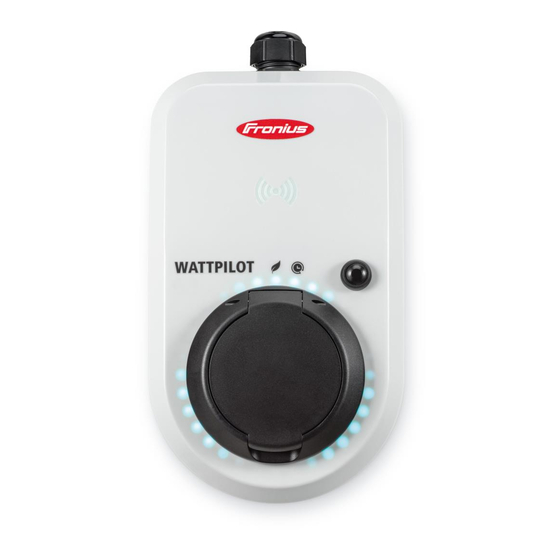
Fronius Wattpilot Go 11 J Operating Instructions Manual
Hide thumbs
Also See for Wattpilot Go 11 J:
- Quick start manual (2 pages) ,
- Quick start manual (2 pages)
Table of Contents
Advertisement
Advertisement
Table of Contents
















Need help?
Do you have a question about the Wattpilot Go 11 J and is the answer not in the manual?
Questions and answers